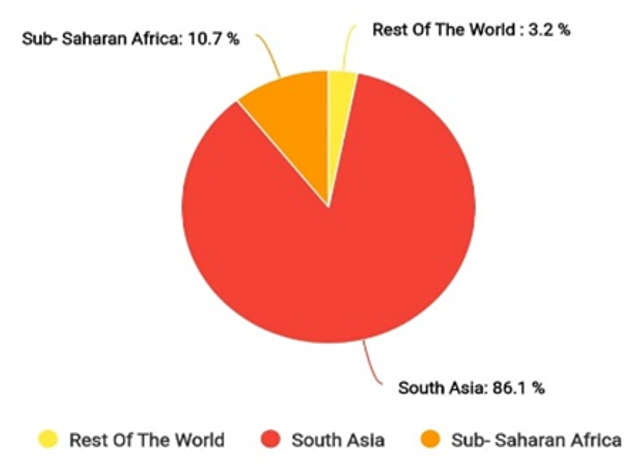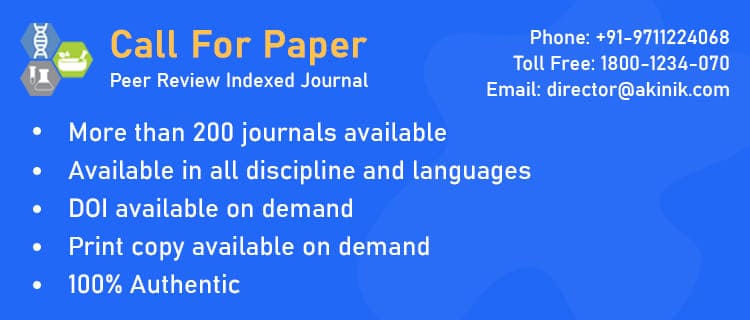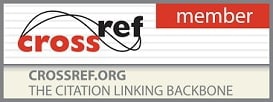- Printed Journal
- Indexed Journal
- Refereed Journal
- Peer Reviewed Journal

Journal of Pharmacognosy and Phytochemistry
Vol. 14, Issue 5 (2025)
Emblica officinalis (Amla) as an adjunct in the cobra snake envenomation
Sharmila Naykar Wagh, Sejal Dsilva, Grania Almeida and Prinjal Thakur
Snakebite envenomation is a neglected yet severe global health challenge, causing an estimated 1.8-2.7 million cases and over 80,000 deaths annually, with India accounting for nearly half of this burden. Among venomous snakes, cobras (Naja spp.) are particularly feared for their potent neurotoxic and cytotoxic effects, which can lead to paralysis, respiratory failure, and irreversible tissue necrosis. Current treatment relies on equine -derived antivenoms, but these present critical limitations-restricted species-specific efficacy,inadequate protaction against local tissue injury, high cost, and limited availability in rular regions. Such gaps highlight the urgent need for complementary or alternative interventions. Emblica officinalis (amla), a cornerstone of Ayurvedic medicine, has gained attention as a promising candidate due to its rice phytochemical profile, including ascorbic acid, tannins, polyphenols, flavonoids, and alkaloids. These confer potent antioxidant, anti-inflammatory, and protein-binding activities. Preclinical studies demonstrate that amla extracts, particularly from the peel and roots. Can neutralize venom effects by inhibiting phospholipase A2, reducing oxidative stress, stabilizing membranes, and limiting cytotoxin-induced necrosis and haemorrhage. Such multi-targeted mechanisms suggest its potential as an adjunct to Antivenom, especially as a cost-effective option for underserved populations. Despite encouraging laboratory evidence, clinical application remains challenging. Standardized extract formulations, mechanistic validation, safety profiling and rigorously designed clinical trials are essential before therapeutic application. This review consolidates evidence on cobra venom pathology, shortcoming of existing therapies, and the emerging role of Emblica officinalis as a potential adjunct in snakebite management, paving the way toward integrative and sustainable treatment strategies.

Fig. 1: Gobal Snakebite Death 2019, GBD
Pages: 392-397 | 349 Views 150 Downloads









